Bokeh in photography is a term that is often discussed in relation to lens choices. Photographers are mostly looking for lenses that produce beautiful bokeh effects so they can add visual appeal to their photos. Importance is given to bokeh as much as to subjects in images because even out of focus areas can make or break the image, rendering it either visually appealing or unappealing.
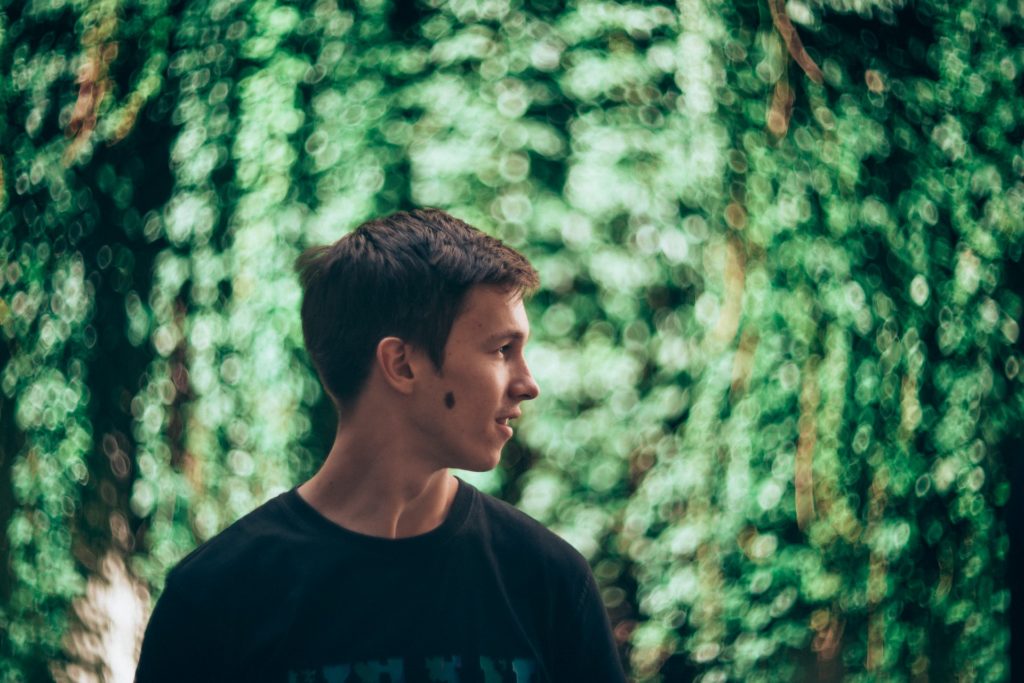
Let us take a look at what bokeh is, what causes it, what are the contributing factors to good bokeh and how to use it for creating powerful photographs.
What Is Bokeh?
Bokeh is the out of focus part of a photograph and the term bokeh comes from the Japanese word “boke” which means blur. Bokeh is also out of focus light that show up as circular bokeh orbs in images.
In simple terms, bokeh is just how a lens renders out of focus areas of an image. It contributes a lot to producing dreamy images.
Once photographers know the basics of changing aperture values and focal length, then are able to experiment with different settings to get the desired bokeh effect. Bokeh can be in the foreground and/or in the background.
What Causes a Bokeh Effect?
Shooting at wide aperture values and longer focal lengths causes shallow depth of field (DoF), rendering the background and foreground blurry. Bokeh forms in areas that are not in focus and the amount of blur or bokeh depends on various other factors that will be discussed below.
In the image below, the bokeh effect is formed by the out of focus flowers and the background. There is some bokeh in the foreground as well.
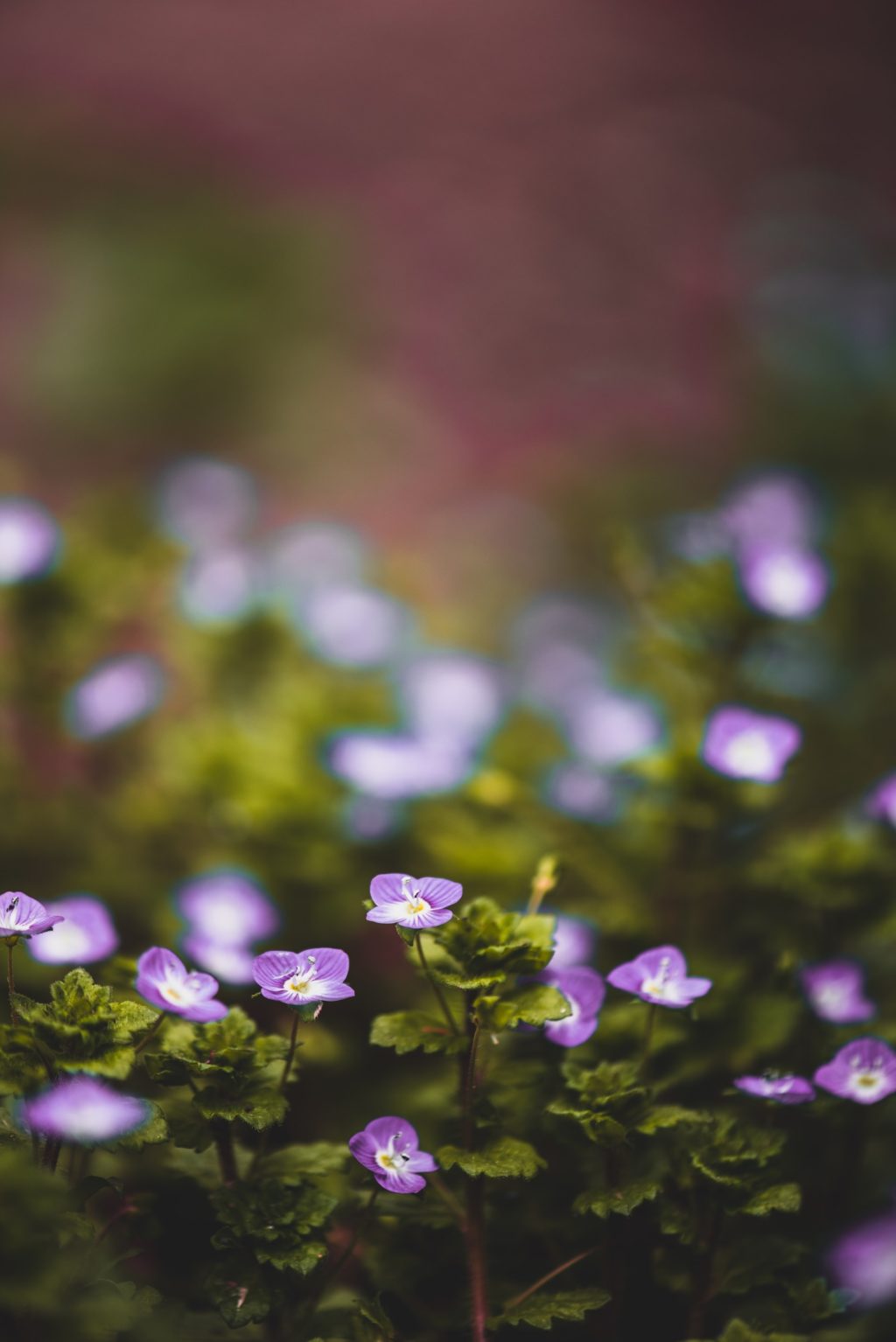
If there are other sources of light like sunlight filtering through the leaves of trees (dappled light), reflective surfaces, sparkly elements, etc. in the frame, this can produce well-defined circular bokeh that can add visual appeal to an image.
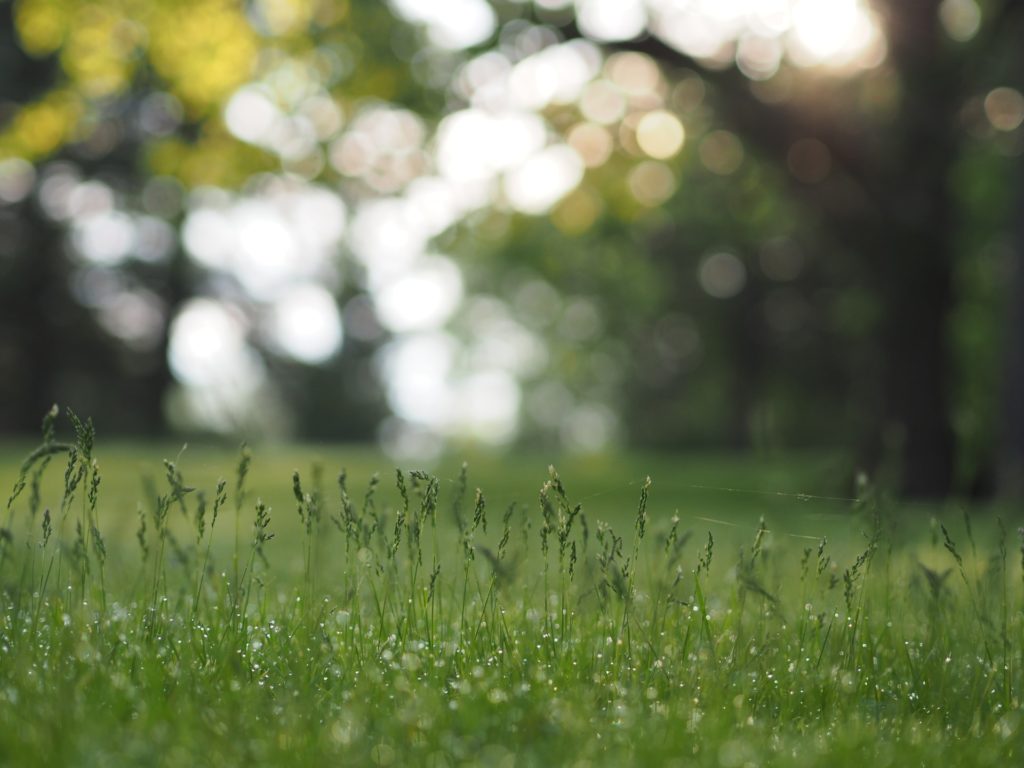
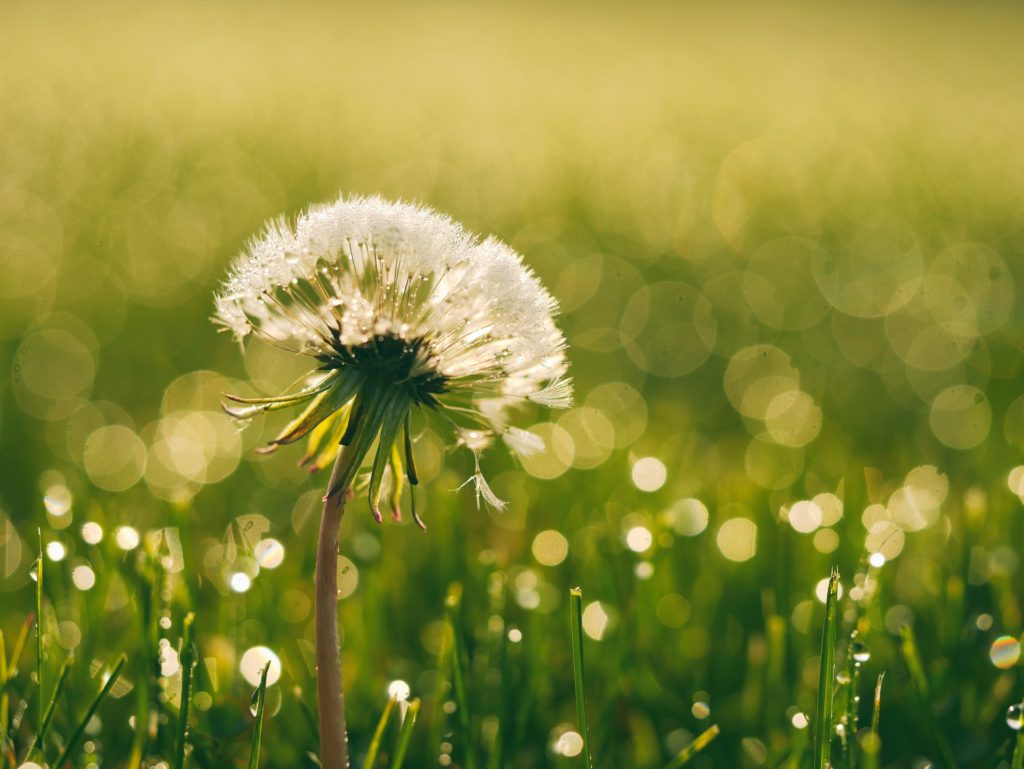
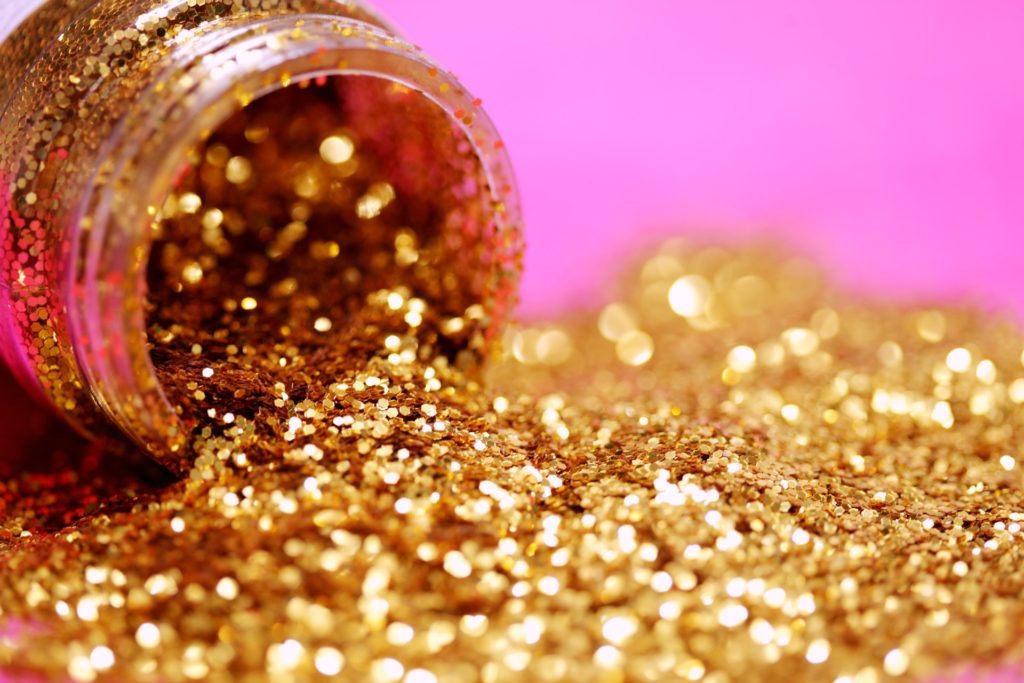
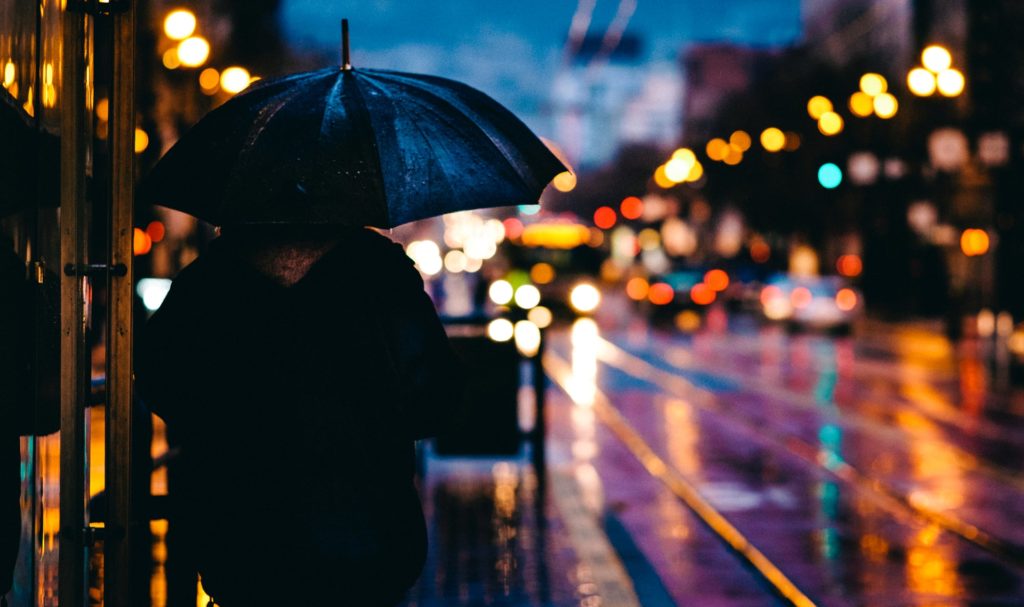
Here Is A Simple Bokeh Formula:
Creating bokeh in images is quite simple if you know the basics. You can follow this formula:
- Shoot at the widest aperture, preferably f/1.8 or wider. If you do not have an f/1.8 lens, shoot at the widest aperture your lens can achieve. Some zoom lenses with aperture f/2.8 are also a good choice.
- Get close to the subject but keep in mind the composition and minimum focusing distance.
- Have the background far from the subject.
- Look for beautiful lights and meaningful backgrounds.
The above factors can vary with different lenses and besides the above, there are a few other factors that need to be taken into consideration. We will discuss the above formula and the other factors in detail below.
What Are The Main Factors That Affect Bokeh In Photography?
Bokeh in photography is very easy to achieve. In the simplest terms, just use the widest aperture value and you are in for some creativity in your images. Besides this, there are a few simple factors that can help you master the art of bokeh photography! They are listed below.
Distance Between The Subject And The Camera:
Distance between subject and camera is an important factor in determining the amount of bokeh. If your subject is close to the camera, depth of field decreases and you get more bokeh.
Distance Between The Subject And The Background:
Distance between your subject and background also decides the amount of bokeh. The farther your background is, the more beautiful and creamier the bokeh. If your subject is very close to the background, there will be very little blur.
Aperture Value Used / Depth of Field:
Aperture value is one of the factors that affects depth of field in an image. The wider the aperture, the shallower the depth of field and the creamier or better the bokeh. With each stop in aperture value, the depth of field increases and bokeh effect decreases.
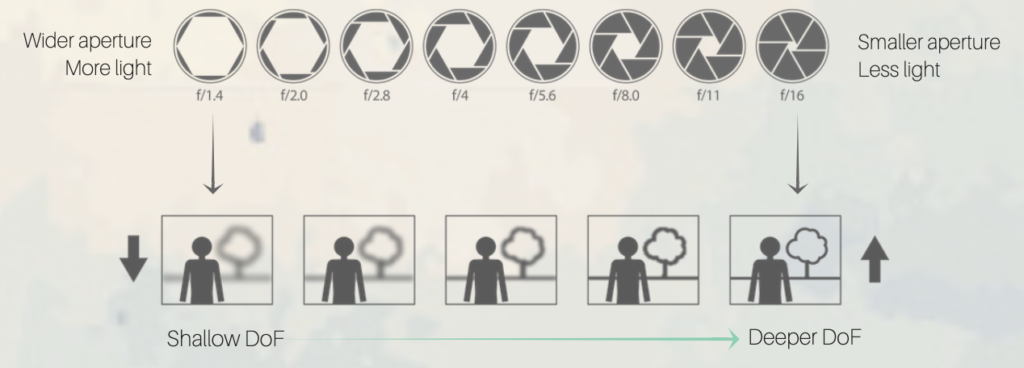
Relation between aperture and depth of field:
Depth of field refers to the area that is in acceptable focus in the frame and it can be controlled by changing aperture values and by adjusting the camera-subject and subject-background distance. Bokeh is a result of depth of field and varies with DoF. When the depth of field is shallow you get soft and creamy bokeh and vice versa.
Focal Length Of The Lens:
Wide angle lenses do not help with better bokeh unless your subject is very close to the camera. On the other hand, longer focal lengths allow for better bokeh.
For example, you will see better bokeh on an 85mm lens, compared to a 35mm lens with same aperture values and even better with a 105 or 135 mm lens. For lenses wider than 35mm, you will need to get very close to the subject and keep in mind lens distortions.
Shape And Number Of Aperture Blades:
The shape of the bokeh when photographing lights depends on the shape of the aperture opening. The shape of the aperture opening depends on the number of aperture blades. If the number of aperture blades is small, the bokeh will look more like a polygon than a circle.
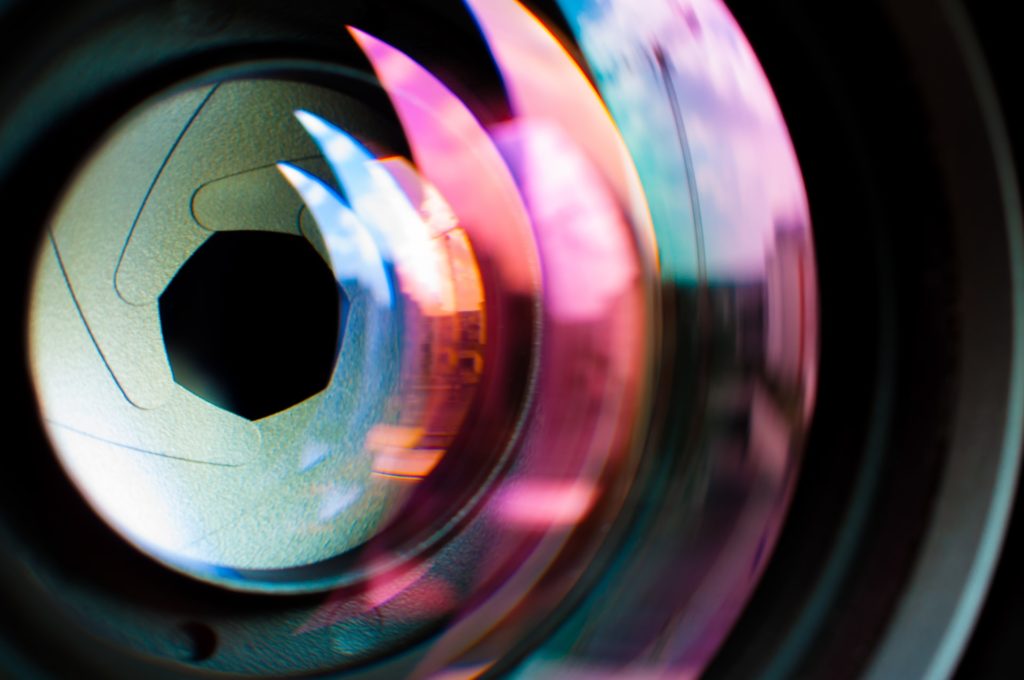
For example a lens with 9 aperture blades will have more rounded bokeh effects compared to a lens with 7 aperture blades.
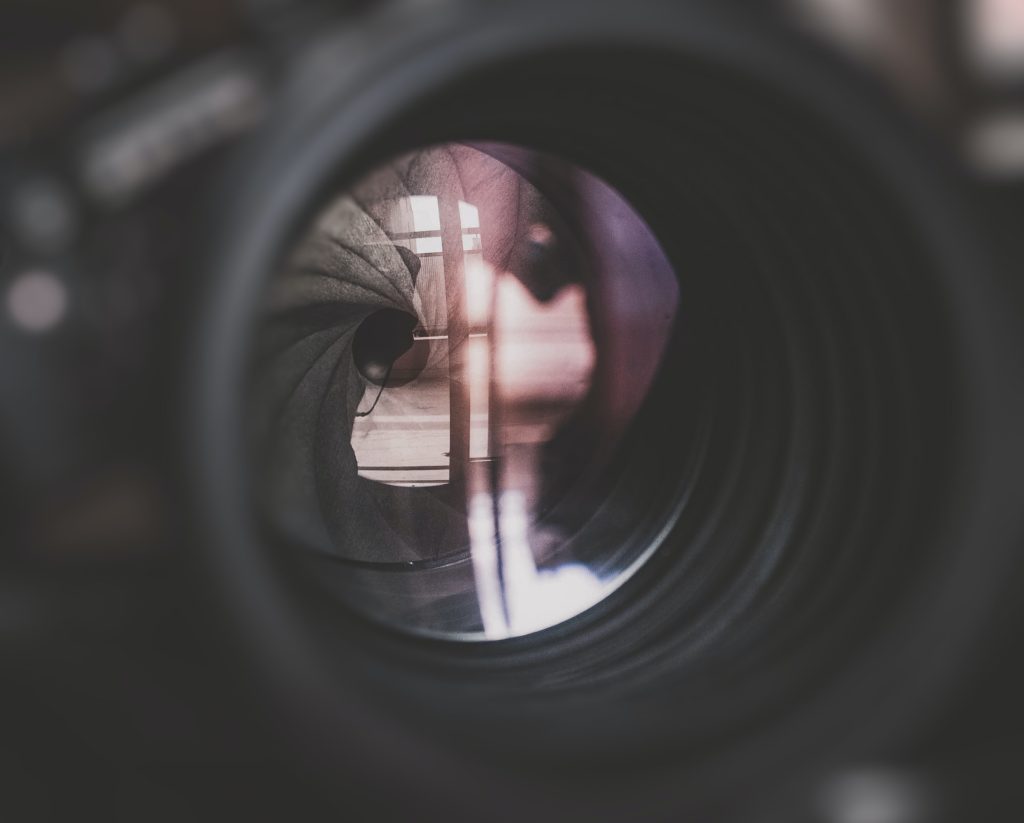
Most recent lenses have more aperture blades and when the aperture is wide open, it tends to be almost circular in shape and hence the bokeh looks circular. As you close down or narrow the aperture, the shape of the aperture begins to show depending on the number of aperture blades available.
Also, prime lenses have better bokeh than zoom lenses because of their wider apertures. High-end lenses have brilliant optics with special lens coatings that can help with creating creamy bokeh in images but they tend to be on the expensive side.
Why Do Photographers Use Bokeh in Photography?
There are many reasons why bokeh is a much liked aspect of photography. Here are some of them:
Enhances Composition:
Having a beautiful bokeh in your photograph means you get the background completely out of focus and this can bring full attention to your subject. This helps to create space around your subject that is free of any distractions and guides the viewer to the subject instantly.
Choosing a plain background can be a bit boring as there may not be anything interesting in the frame other than the subject. Make use of other elements in the background that can complement your subject or add to the composition, like coloured textures, lights, flowers, leaves, etc.
Look at the image below – if the background were plain, it would have made the image boring, but the beautiful bokeh makes it even more stunning.
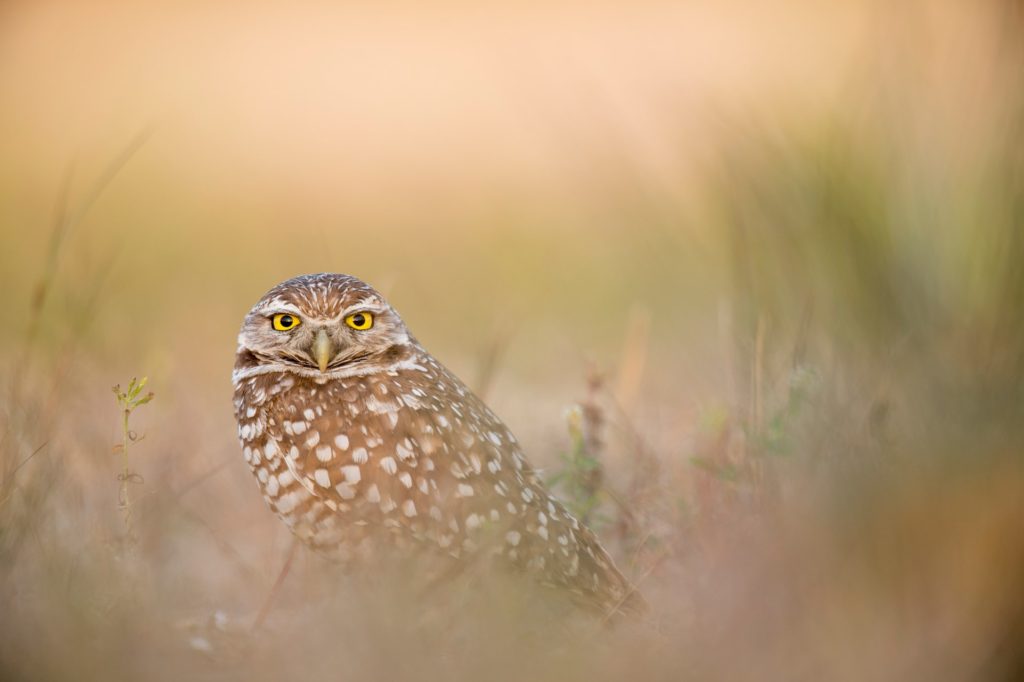
You can also use bokeh effects in the foreground by shooting through something in the foreground while focusing on your subject.
Creates Brilliant Images:
Bokeh is something that is visually appealing and so it helps create brilliant images. You need to find the right location, light and subject to create outstanding bokeh. In the image below, the bokeh in the water is caused by the golden sunlight.
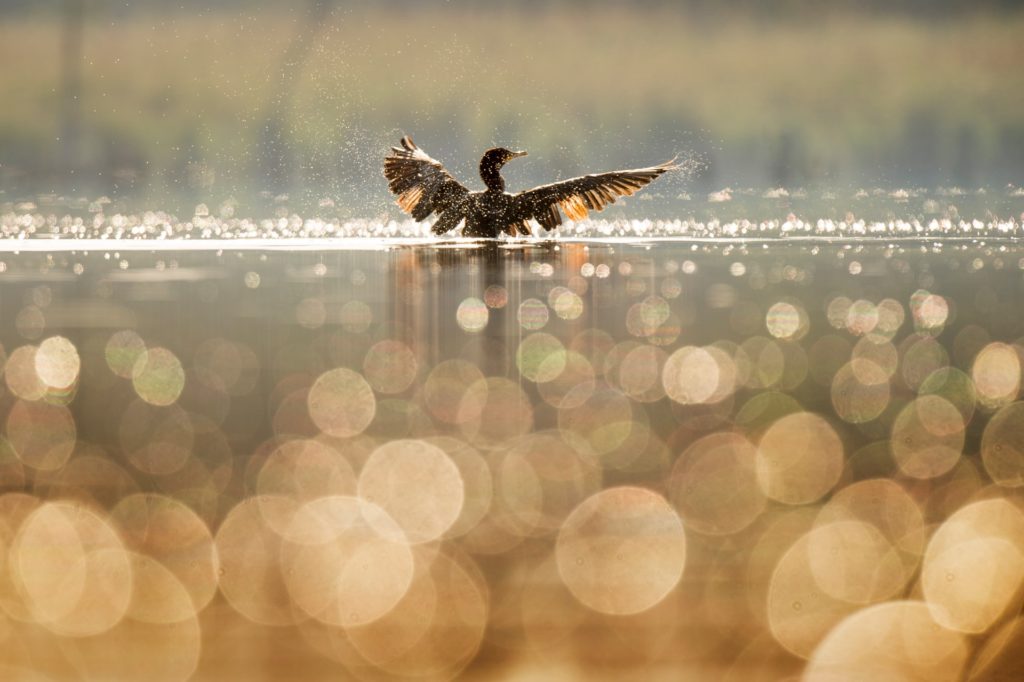
Blurs Out Unwanted Elements:
Apart from using bokeh as a compositional tool, you can also play around with depth of field to decide what should and should not be in focus in the frame. This way, you can eliminate distractions due to unwanted elements by blurring them away or making them look like a patch of colour. This can lead to a neat composition and give a clean refined look to your image.
Helps The Subject Stand Out:
Since bokeh helps with blurring the background and the foreground, it makes the subject stand out and takes the viewer straight to the subject. Your eyes do not wander around looking at anything else in the frame, but the subject.
Creates A Beautiful Atmosphere In Images:
Depending on the weather and time of photo shoot, bokeh can lead to beautiful atmosphere in images. For example, if you are shooting during the golden hour or in a foggy atmosphere, the bokeh can enhance a pleasant or moody atmosphere. This works well mostly for portraits and wildlife.
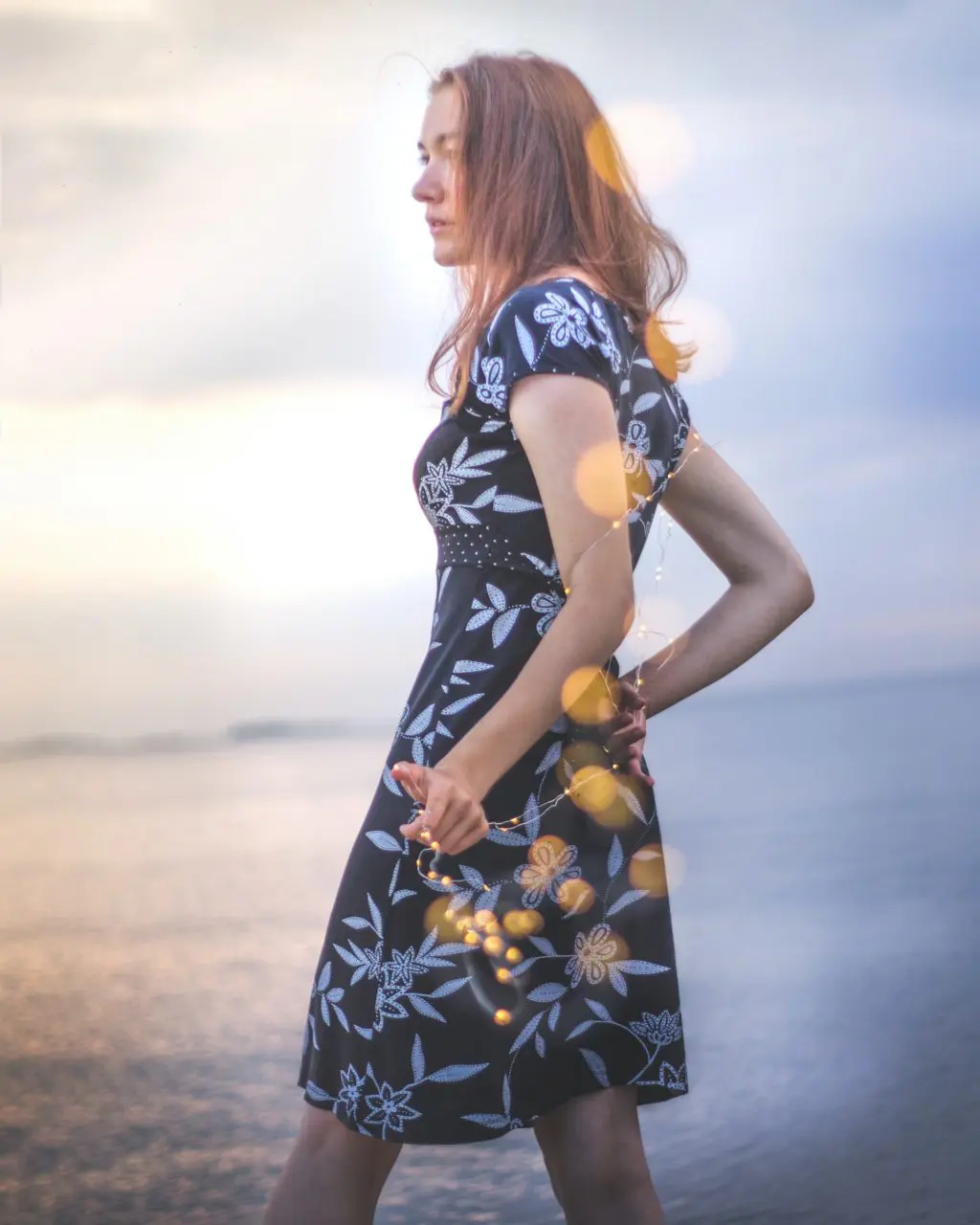
Beautiful Bokeh Shapes:
If you are shooting with a background that has sunlight filtering through a canopy or if you are shooting at night with colourful city lights in the background, it can help create bokeh shapes that will look flattering especially for portraits and other close-up shots.
Images Look More Professional:
Having a beautiful bokeh means you have a clean image with a subject that stand out. This looks very professional. However, do not overdo the bokeh and use it wisely in order to get perfect results.
Framing Subjects:
You can even frame your subject/s using a beautiful foreground bokeh. You will need to use something in the foreground close to the camera or hold something close to the lens that can blur the edges of the frame so your subject is framed within this blurry frame.
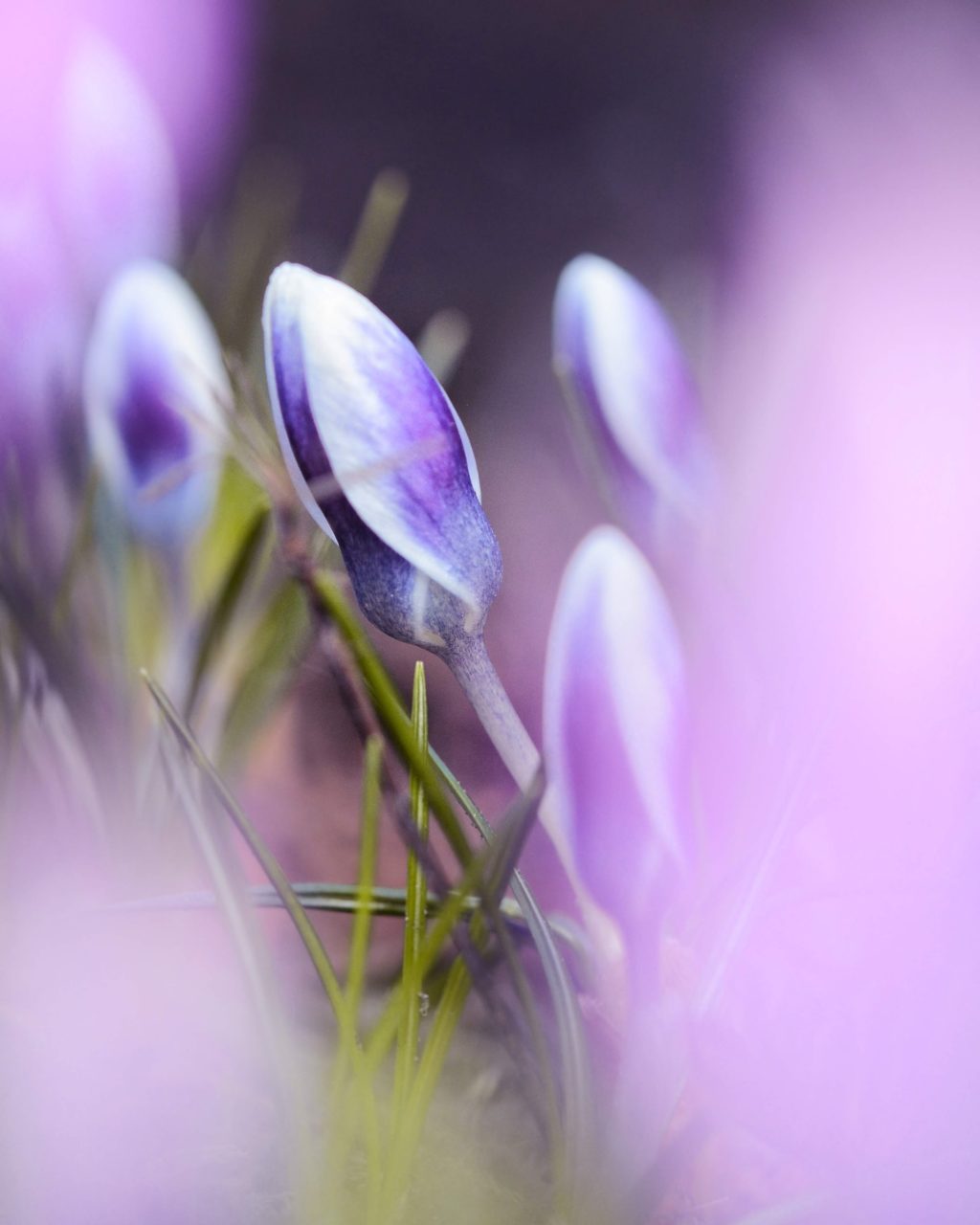
How To Create Visually Striking Bokeh In Photographs
Choice Of Lens:
Longer focal lengths will help create better bokeh. With shorter focal lengths, you need to get very close to the subject for greater bokeh, but this may distort your subject. It is better to use focal lengths above 35mm for great bokeh and prime lenses are the best as they come with wide aperture values, f/1.8 being the most common. If you are using a zoom lens, try and use an f/2.8 lens for good bokeh.
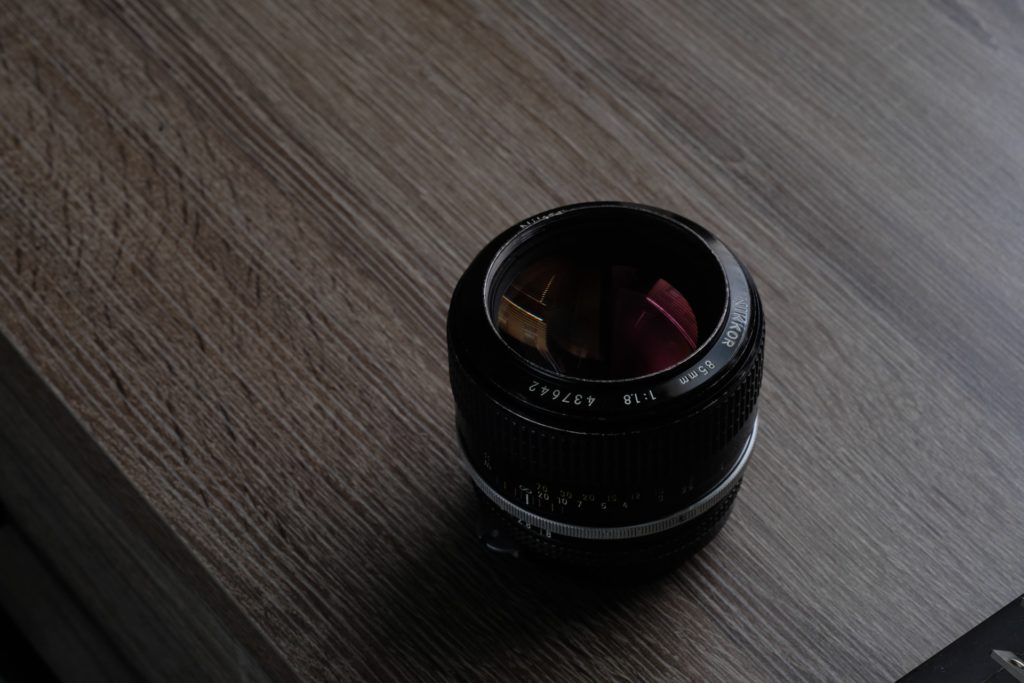
Aperture Values:
The wider the aperture opening, the greater the bokeh. For example, for a fixed focal length, you will get more pronounced bokeh at f/1.8 compared to f/5.6 because wider apertures create shallow depth of field.
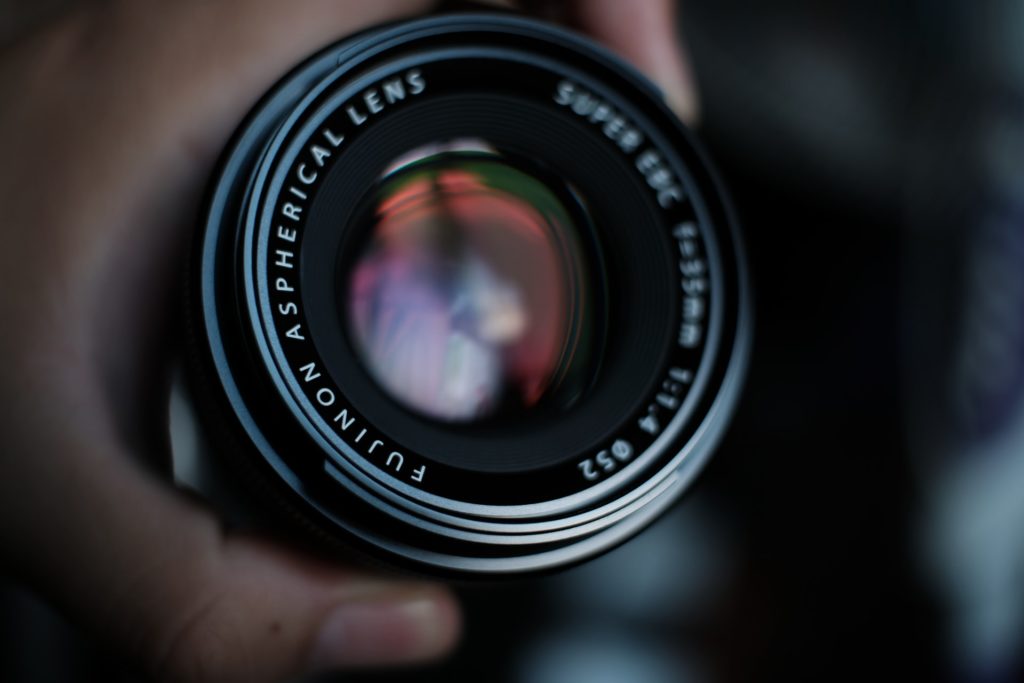
Choice Of Foreground And Background:
For the bokeh to make your subject stand out, look for a background that will complement the subject or the story.
For background bokeh, look for backgrounds such as:
- Sunlight filtering through leaves during the daytime
- Reflective surfaces like sunlight shimmering off water, light reflecting/refracting off dew or raindrops
- Atmospheric bokeh for example during the golden hour
- At night look for lights in the distance – like traffic lights, city lights, street lights, decorative lights from shop windows
Colours:
Bright and striking colours help the bokeh stand out against the subject. Play with complementary colours for better results.
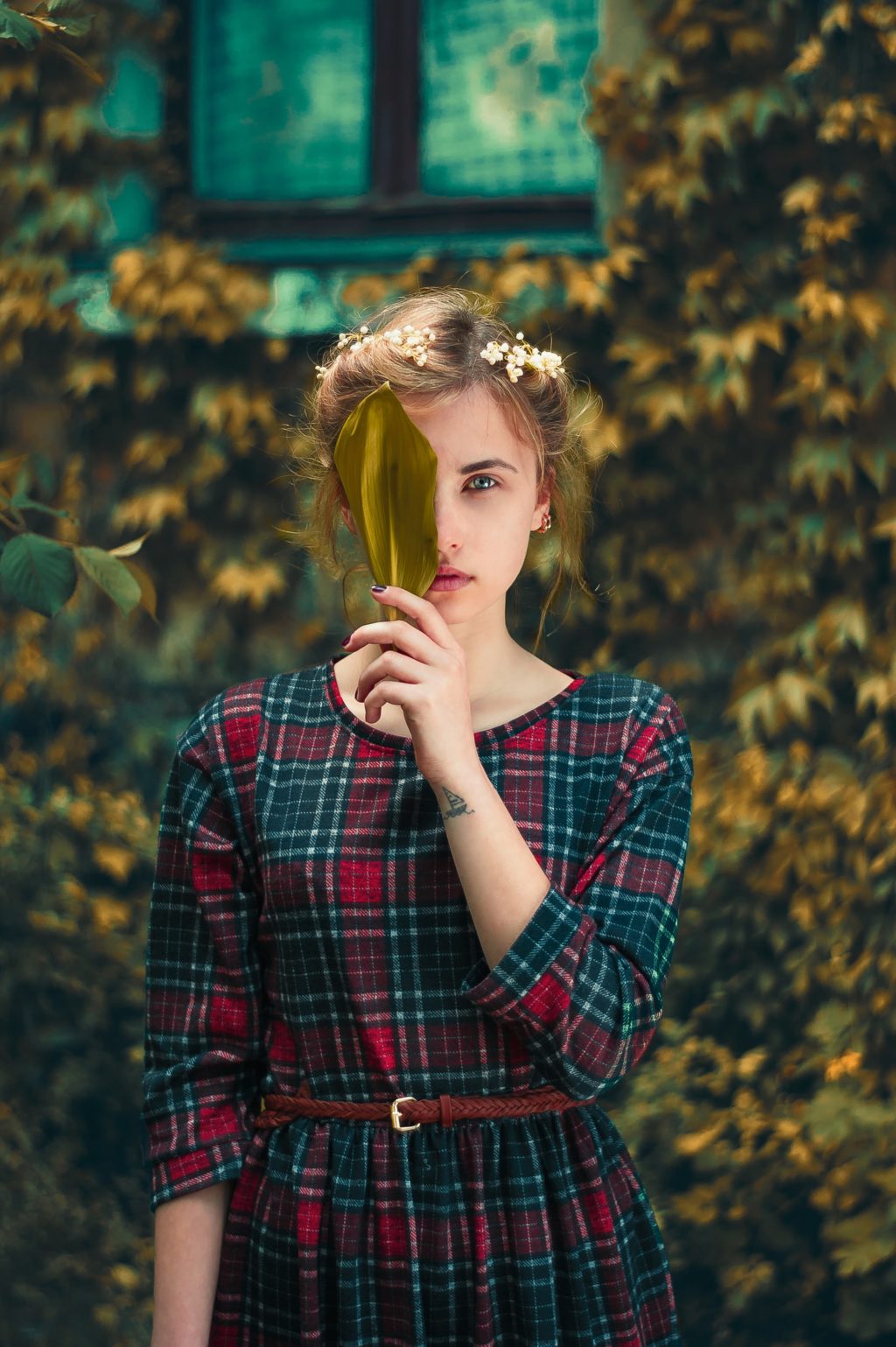
Quality And Direction Of Light:
The light that you have in the scene plays a great role when it comes to creating visually pleasing bokeh. Golden afternoon light and bright days can yield beautiful atmospheric bokeh.
Elements In The Frame:
Elements in the frame can also give rise to beautiful sparkling bokeh. For example, if there is right amount of light falling on raindrops, dewdrops or other reflective elements in the scene, you have scattered light besides the other light available in the frame.
Camera Settings:
- Have your camera on manual or aperture priority mode. In aperture priority mode, you can set the aperture value and the camera will set the iso and shutter speed for you taking into account the minimum shutter speed and maximum iso values you have set. With manual mode, you will need to meter for the light and change these values when required.
- Set the aperture to the widest possible value.
- Choose a low iso value like 100 or 200 and then set the shutter speed based on these settings. Feel free to play around with these settings as they vary with light conditions.
When your subject is backlit, make sure you use the proper metering mode in order to avoid over or underexposed shots. It is best to use spot metering in this case.
For More Creative Bokeh:
Creative bokeh can be photographed using DIY method or other accessories that you may have in hand. If you want to manipulate the shapes in the bokeh, you can cut out shapes on thick paper, and put them on the front of the lens using a blu tack or something similar to hold the cut shape in place.
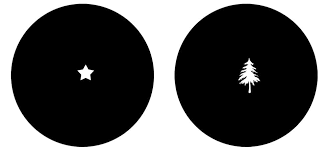
Shooting through this cut out shape will give bokeh similar to the cut out shape as shown in the images below. This can be a very creative way to add mood to a dull image.
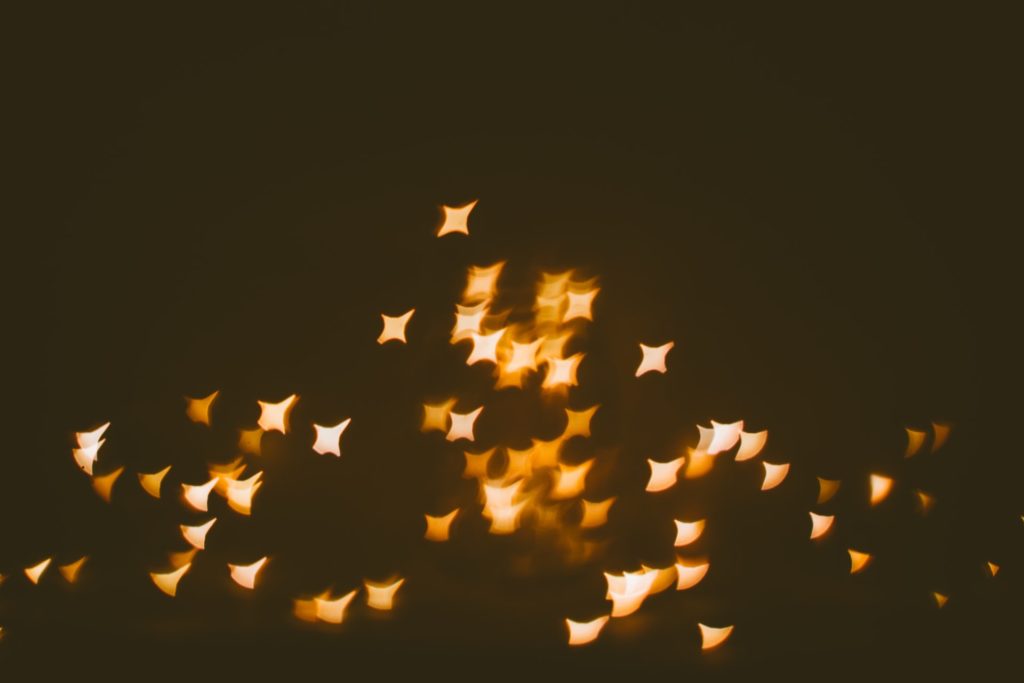
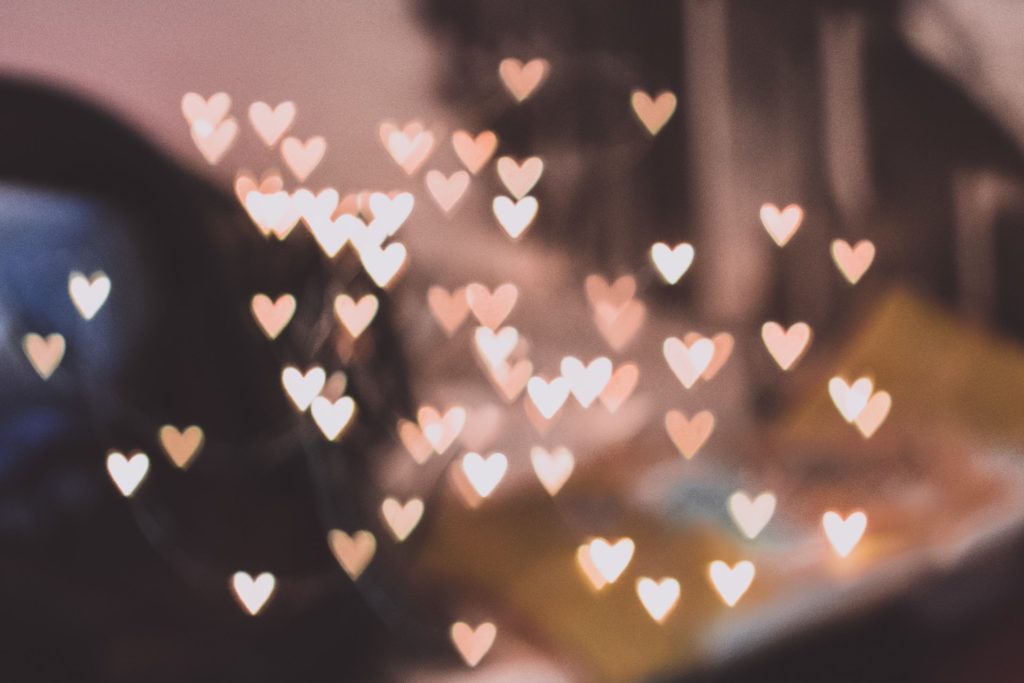
Also, using prisms and other optical objects in front of the lens can help create bokeh with rainbow colours because of light dispersion. Using some vintage lenses can help create swirly bokeh that can look brilliant especially in portraits.
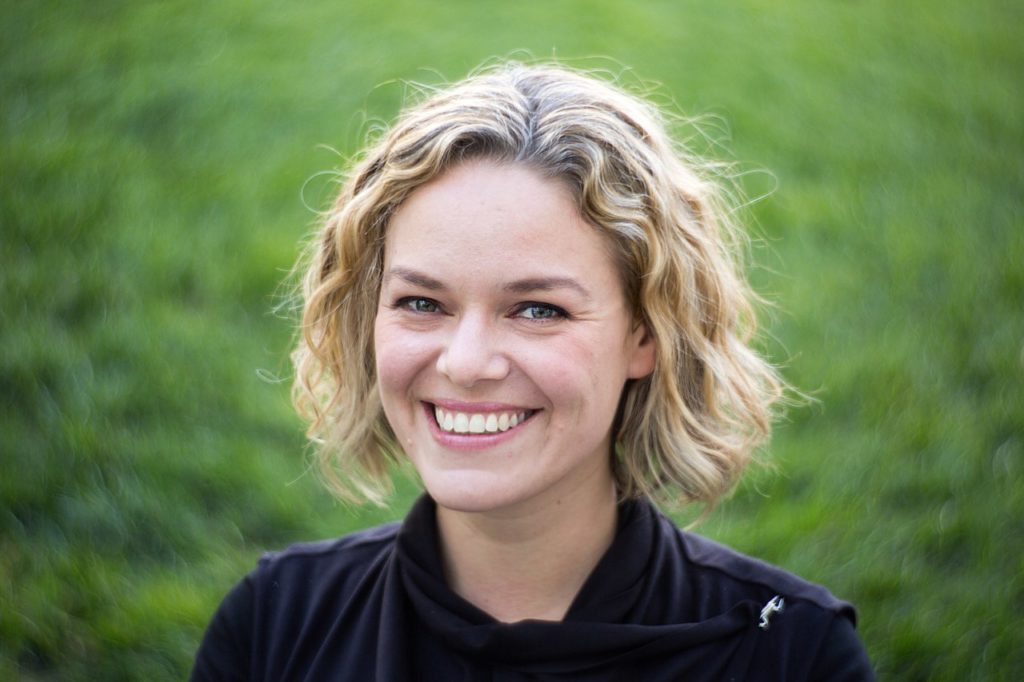
What Genres Of Photography Benefit From Pleasing Bokeh?
Portrait:
When shooting portraits, we want the subject to stand out and in order to achieve this, we need to blur out the background..
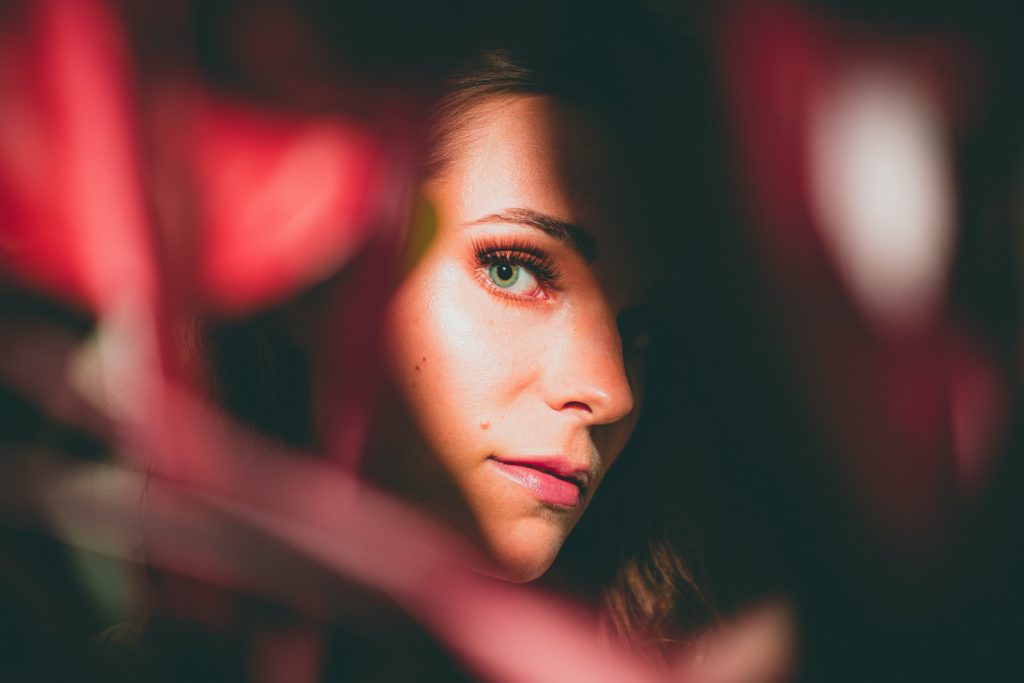
Macro:
Very similar to portraits, macro photographs can stand out by having a good blurry background. With macro photographs, you are always close to the subject and this can lead to beautiful bokeh even at narrow aperture values.
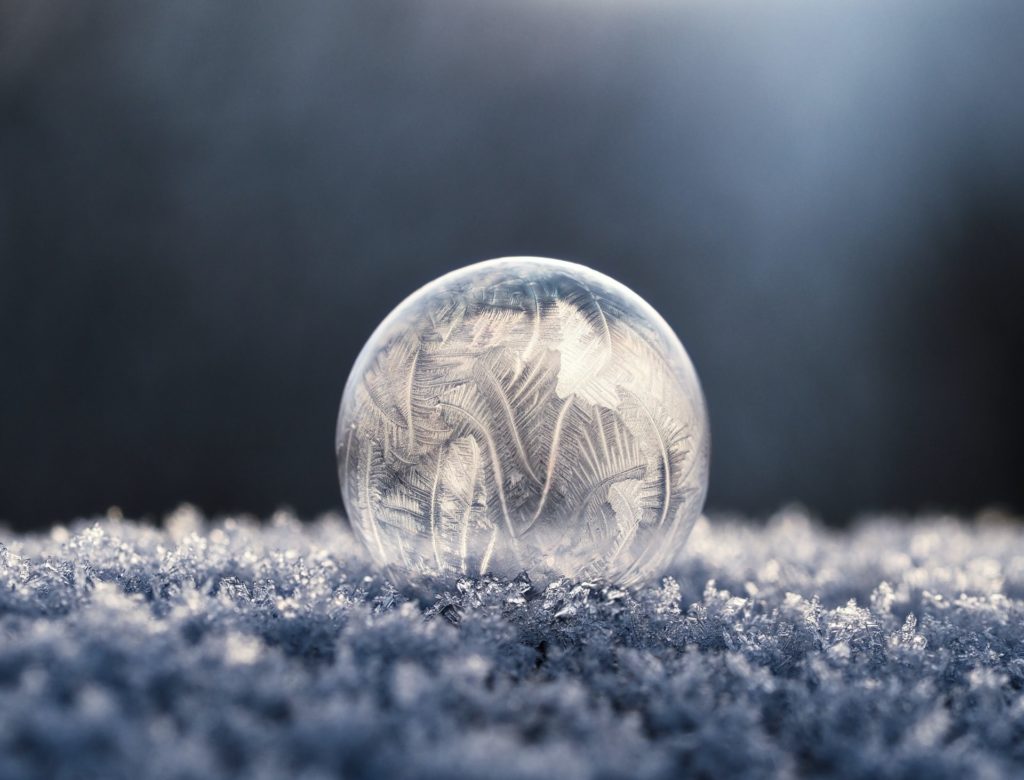
Wildlife:
With wildlife photography, we want to isolate the subject in the photograph to bring viewers attention on to the subject. Use wide aperture values while still using a value that can give sharp images. If possible, it is best to go as close as possible without disturbing your subject and not putting yourself at risk.
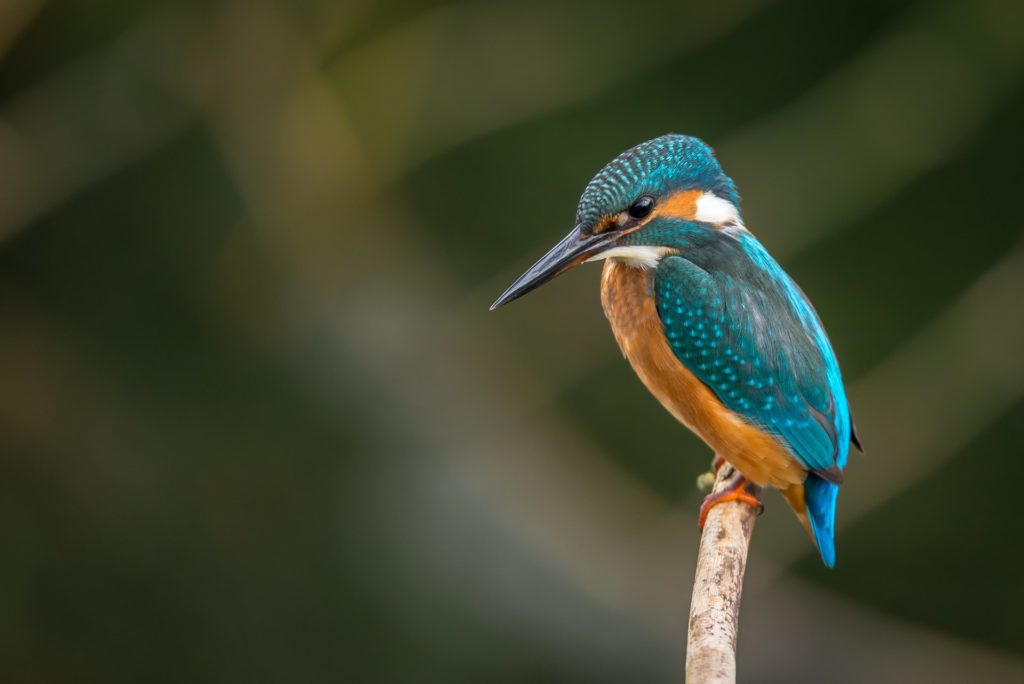
Flowers and Leaves:
Flowers are one of the most popular subjects among photographers. Bokeh will help bring out all those intricate features of the flower.
The same applies when you are photographing leaves.
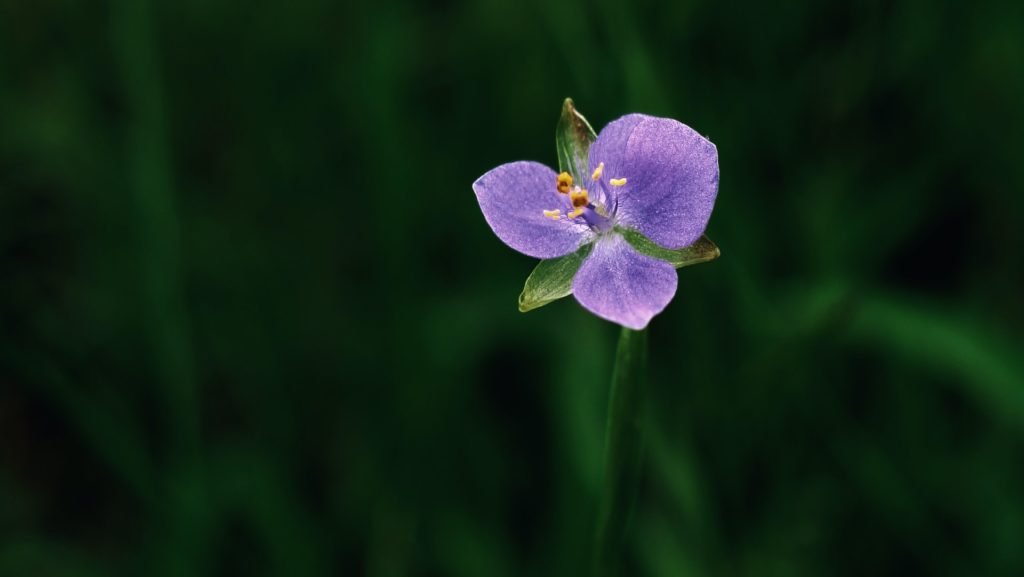
Still Life:
Photographing still life can be a favourite pass time when stuck indoors. Look for interesting subjects, backgrounds and perfect light and you will have a beautiful still life image that is enhanced with the help of bokeh.
Look for natural light like window light so that you can photograph against it or use artificial lights like fairy lights, candles etc., to create soft bokeh.
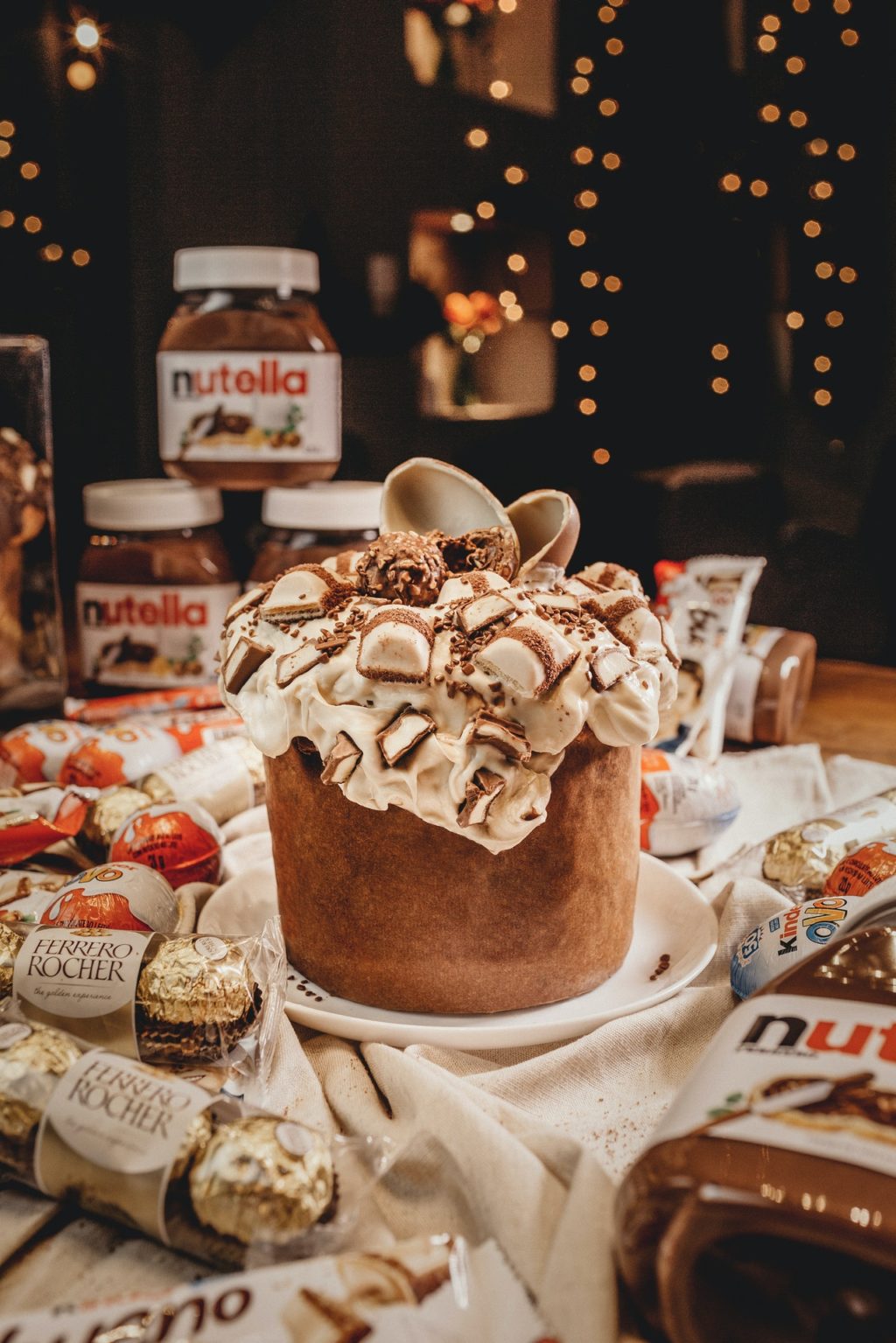
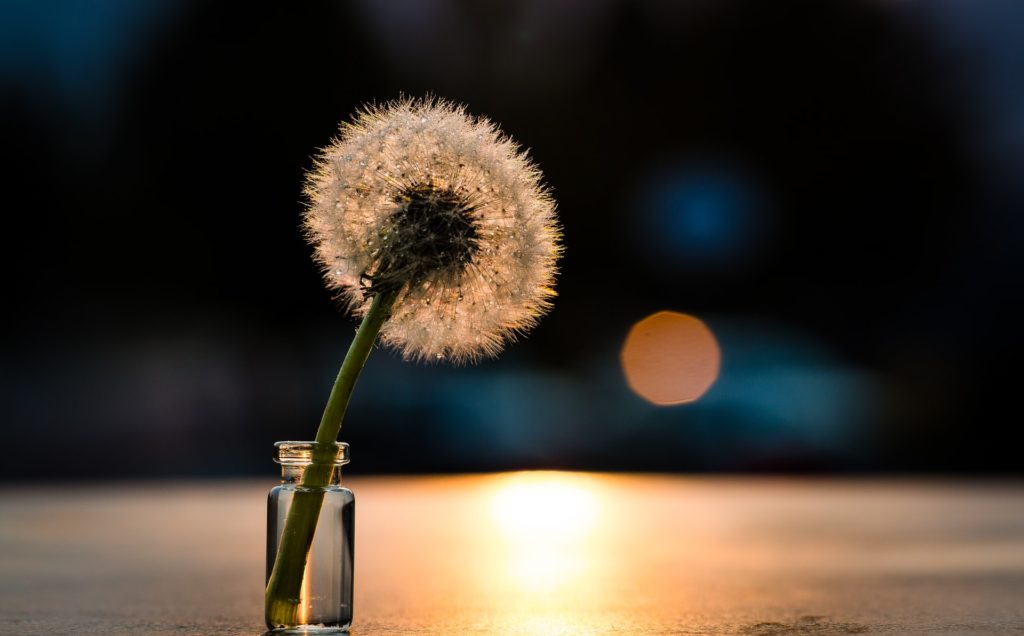
Events and Weddings:
Various events and weddings are occasions where you will come across many beautiful lights that can create impressive bokeh backgrounds. This will also add atmosphere and meaning to your image.
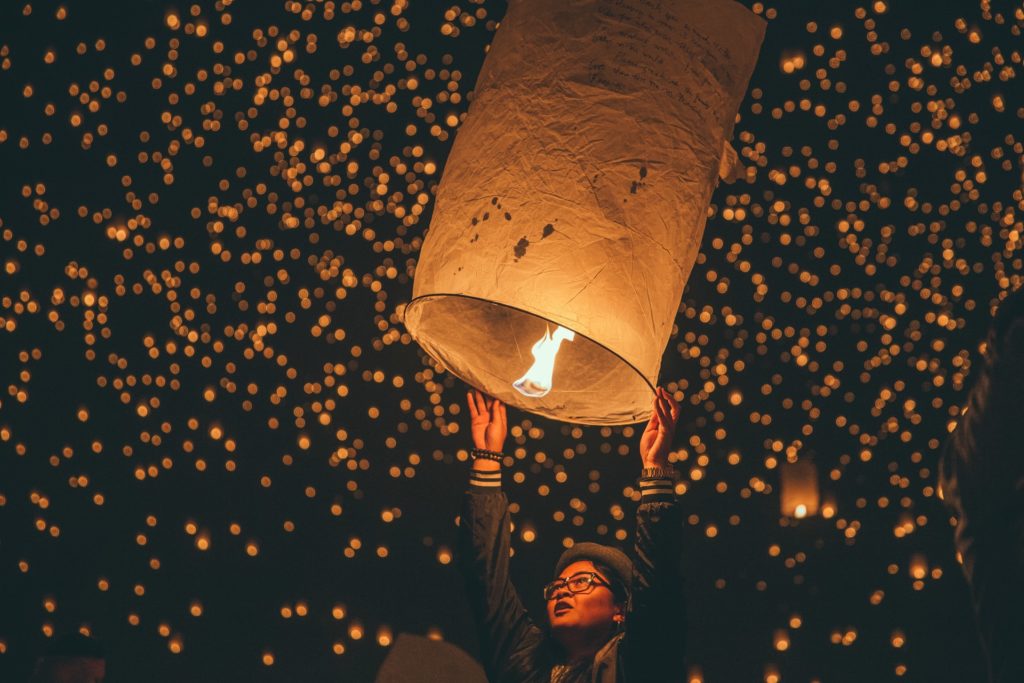
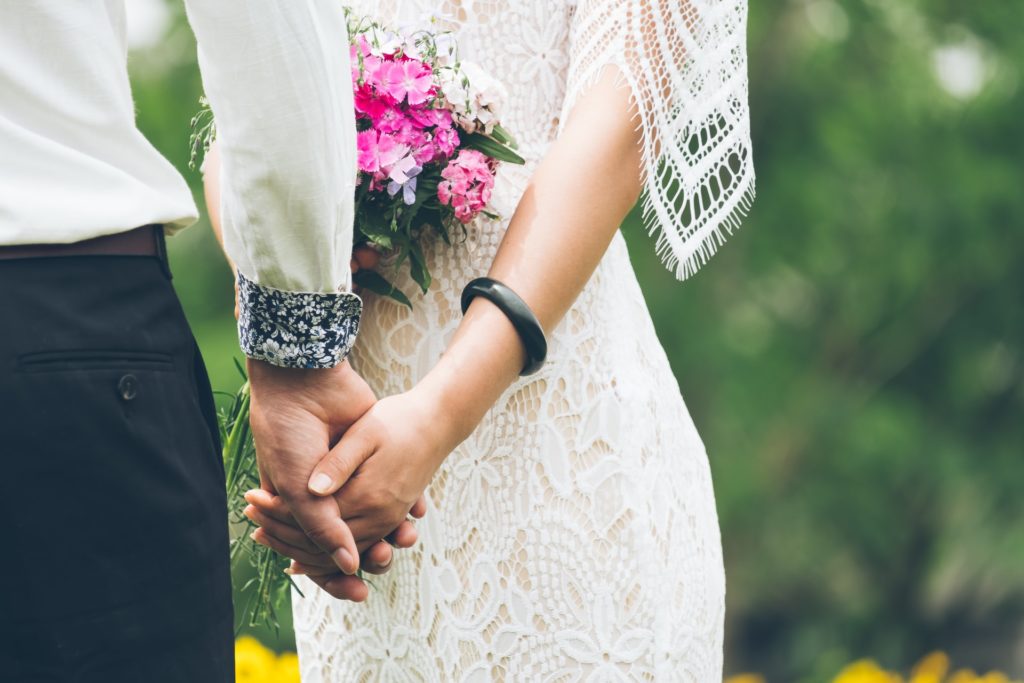
Lights At Night:
Lights at night are often the most beautiful ones. Use these to create striking bokeh in your night images.
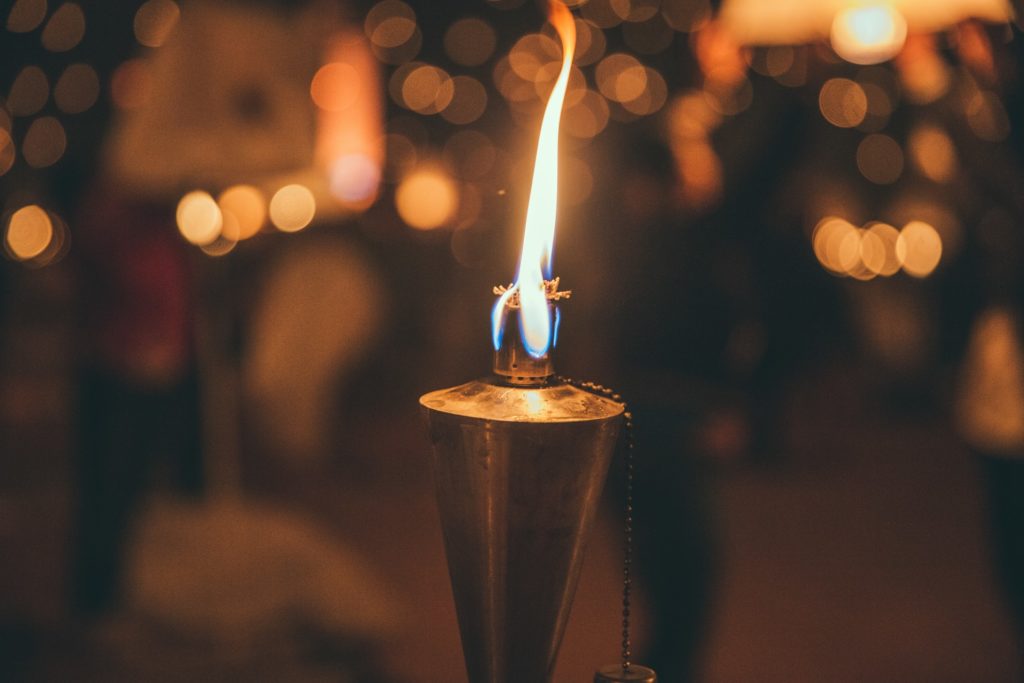
FAQs:
Do You Need An Expensive Camera And Lens To Create Bokeh?
Although expensive lenses can be fast and come with wider apertures and sharp end results, you do not need an expensive lens or camera to create bokeh. Shoot at the widest aperture and adjust the distance between the camera and subject (as close as possible) and subject and background (as far as possible) for powerful bokeh.
Many point and shoot cameras allow for manual controls where you can have the aperture wide open manually which means you can photograph beautiful bokeh with not so expensive camera. If you do not have a manual mode, switch to macro or portrait mode.
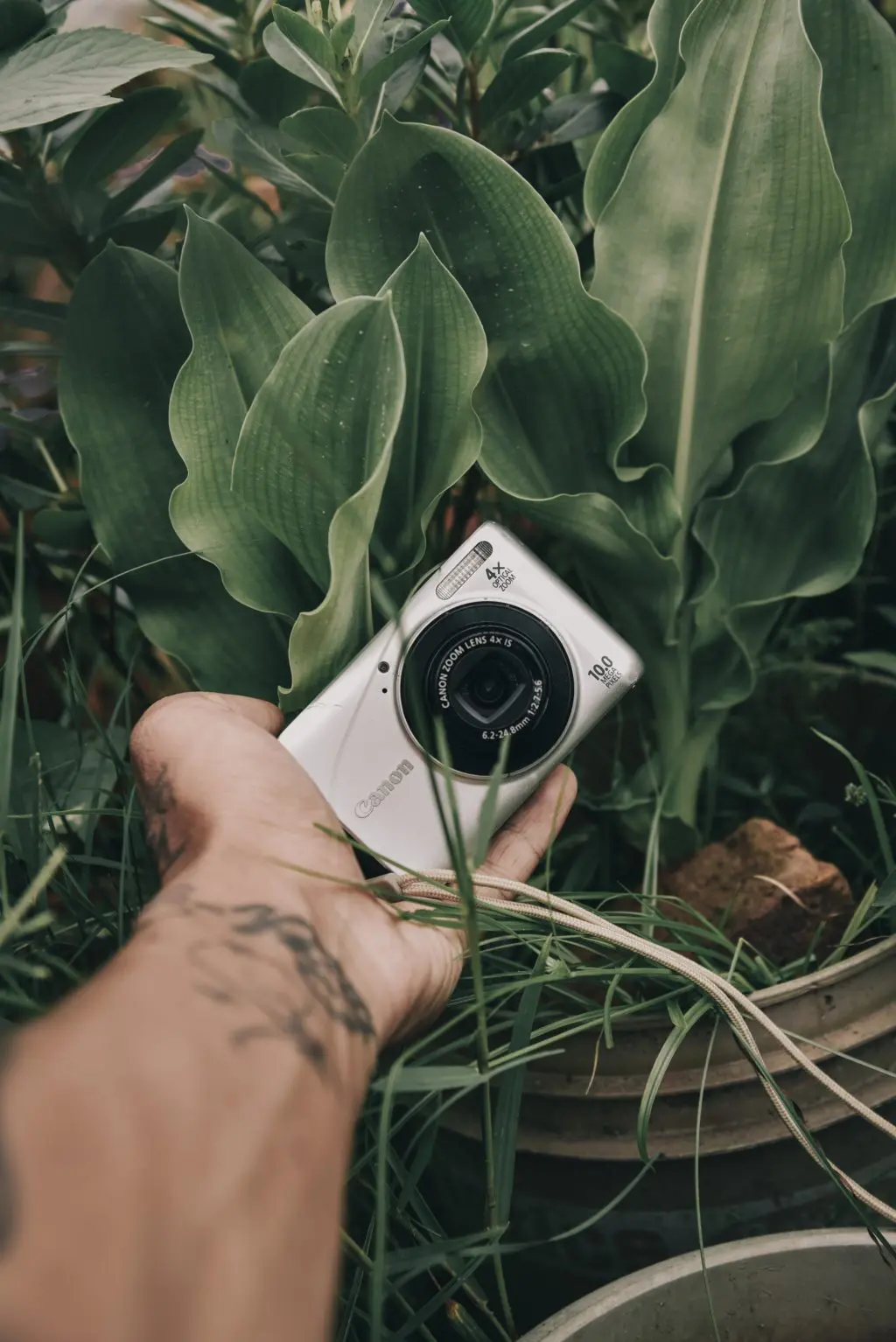
Can You Get Bokeh With A Kit Lens?
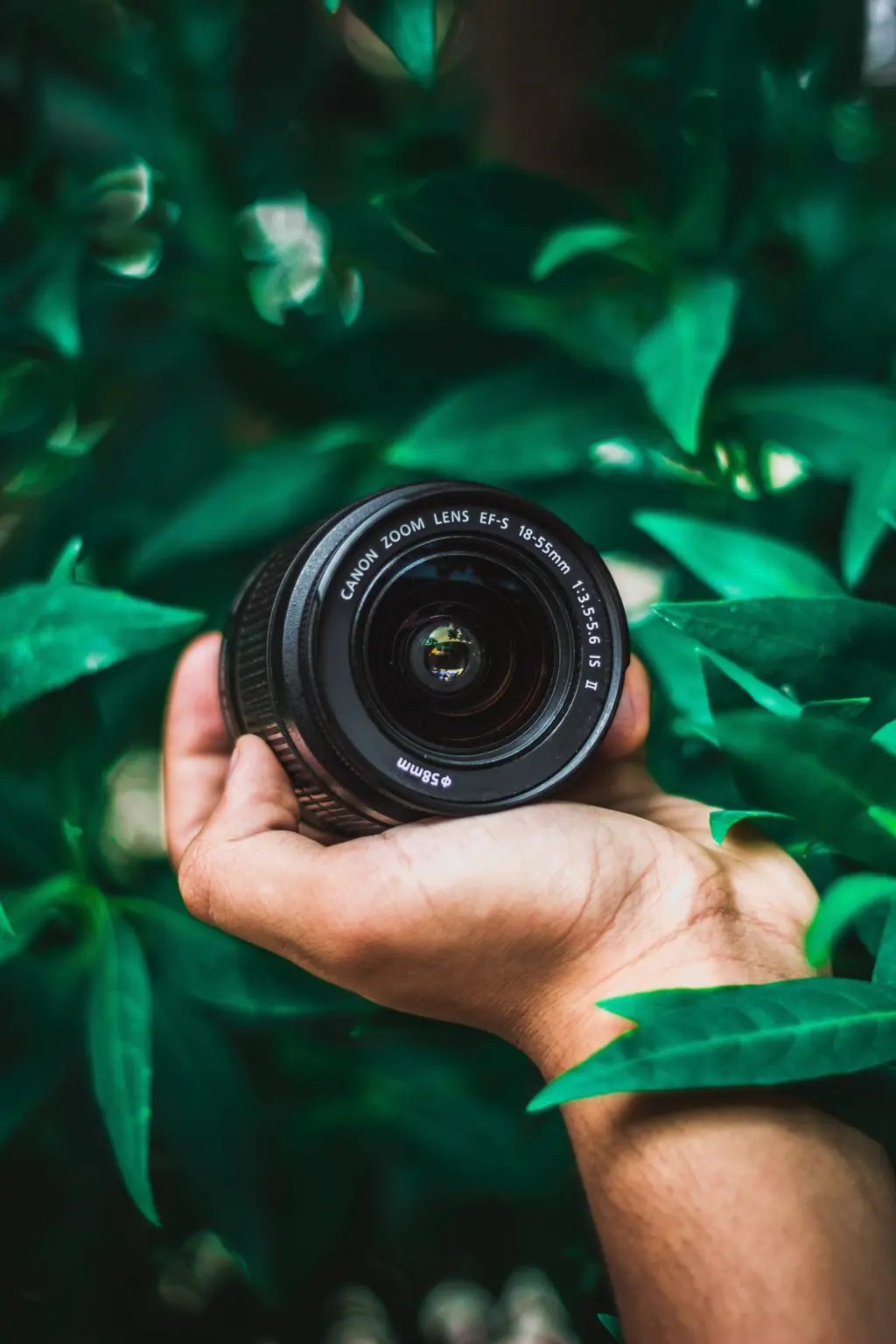
Many photographers worry if they will be able to get beautiful bokeh with a kit lens. The answer is yes, if you get the settings right on the camera and make a few adjustments based on the techniques mentioned above.
For example, if you are using the 18-55mm f/3.5-5.6 kit lens, shoot at 55mm f/5.6 and maintain as much distance between the subject and the background.
Can You Create Bokeh With A Smartphone?
With the advancement in smartphone technology, you can definitely get good bokeh using a smartphone. In order to get a pleasing bokeh, get as close to the subject as possible. If your camera has a portrait mode, make use of it for beautiful bokeh. There are smartphones with native camera apps or third party apps that help with manual camera settings – make use of these to set the camera to the widest aperture value. You can also buy good quality lens attachments (usually the macro attachments) that will help you get neat bokeh while shooting macro especially.
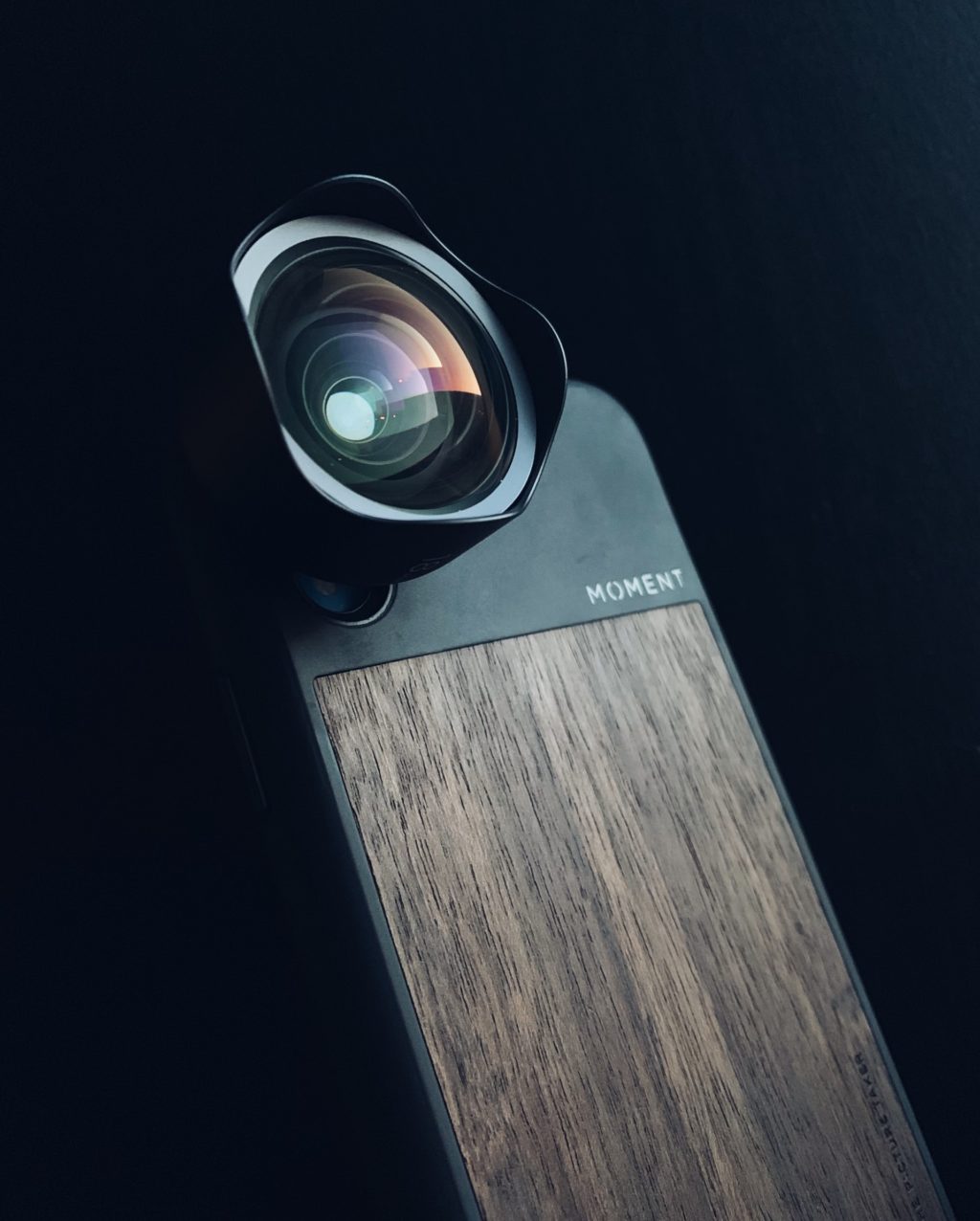
Other than the settings and accessories for smartphones, there are smartphone apps that offer bokeh effects that you can add to the image if you could not get it right when shooting. Here are some of them:
- Bokehful for iOS
- Tadaa SLR for iOS
- Bokeh Lens for iOS
- Bokeh Photo Editor for iOS
- Bokeh Camera Effects for Android
- Insta Bokeh for Android
- Real Bokeh for Android
- DOF Simulator for Android
Creating Bokeh While Post Processing:
As mentioned earlier, creating bokeh in photographs is not so difficult as you think and you can create bokeh with the gear that you already have, even if it is a smartphone. If you are looking to create bokeh artificially while post processing, here is a detailed tutorial on how to achieve that.
As you can see now, bokeh offers a creative way to experiment with your photography skills and also for creating brilliant images. You just need to get the settings right and then look for the light, perspective and locations to shoot the image the way you have visualised.
If you make interesting bokeh photographs feel free to share with our community here.
Further Reading:
- How To Achieve Creamy Bokeh
- How To Use Christmas Bokeh For Creative Holiday Photographs
- How Much Blur Is Enough? How To Achieve Bokeh In Your Photographs
- A Step by Step Guide To Faking Bokeh In Photoshop
- How to Get a Blurry Background in Your Photos: A 5 Minute Bokeh Tutorial
- 6 Tips for Mastering Bokeh





1 Comment
If you like blurring, the last thing you need is a lens.